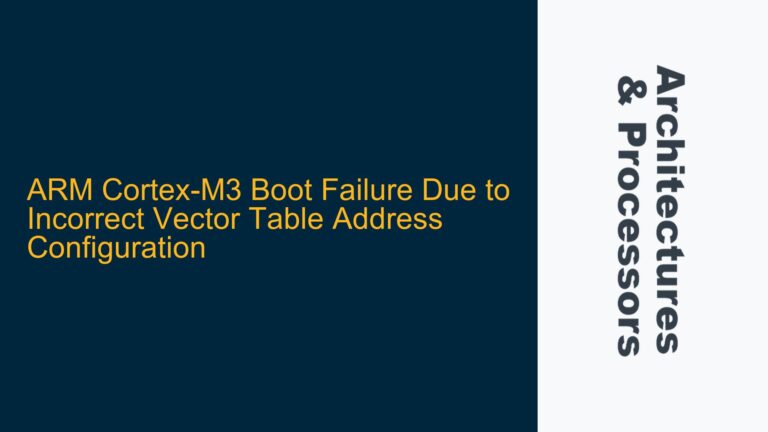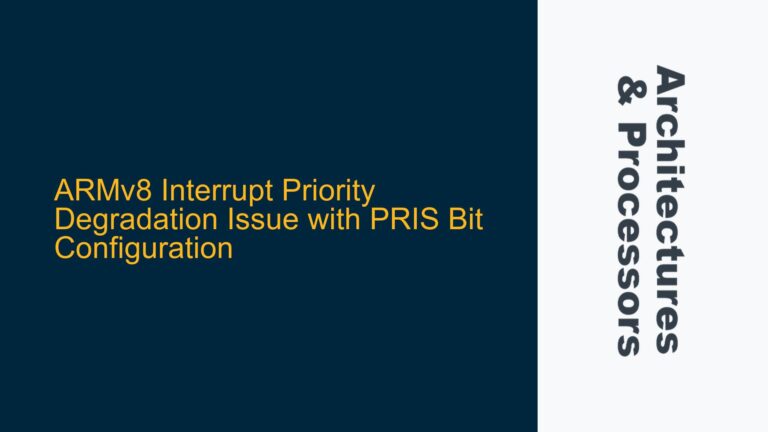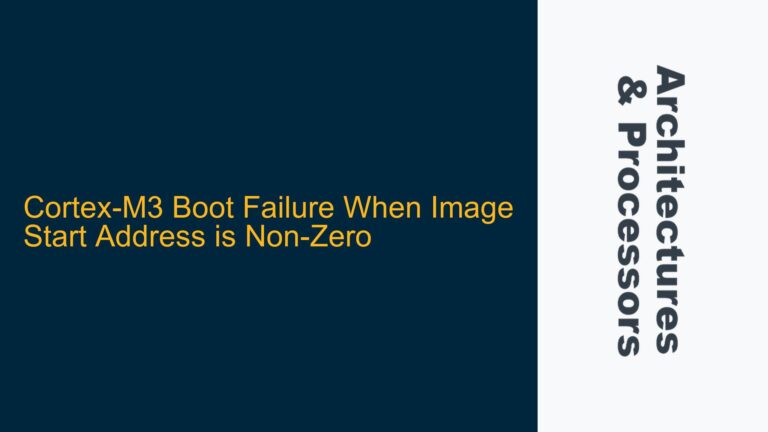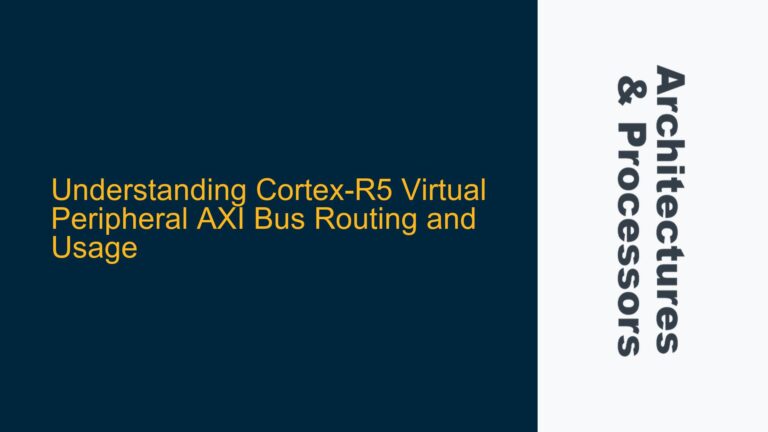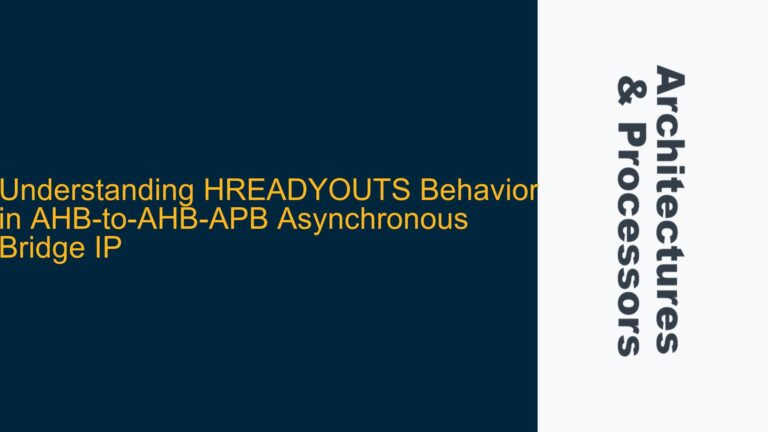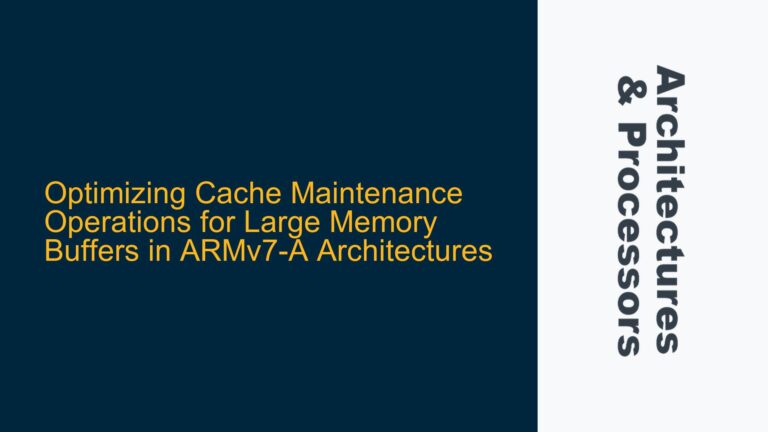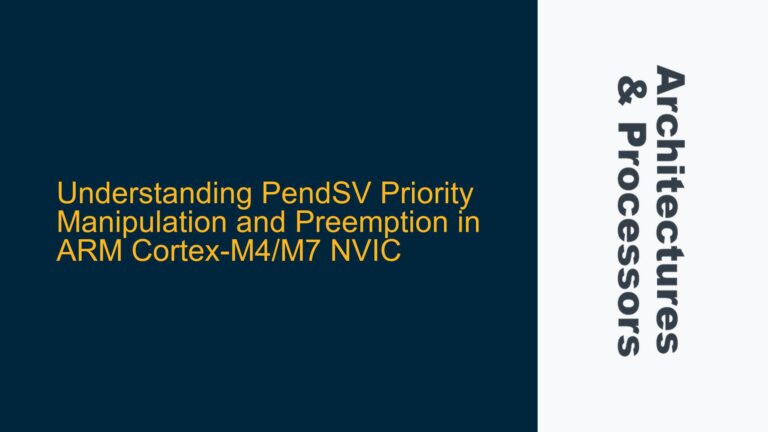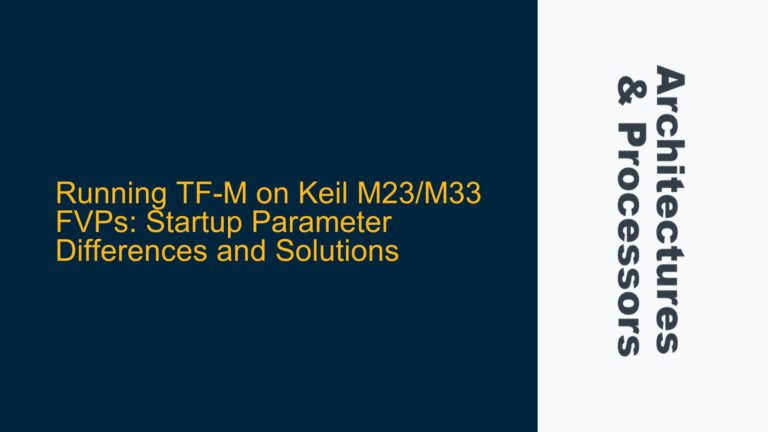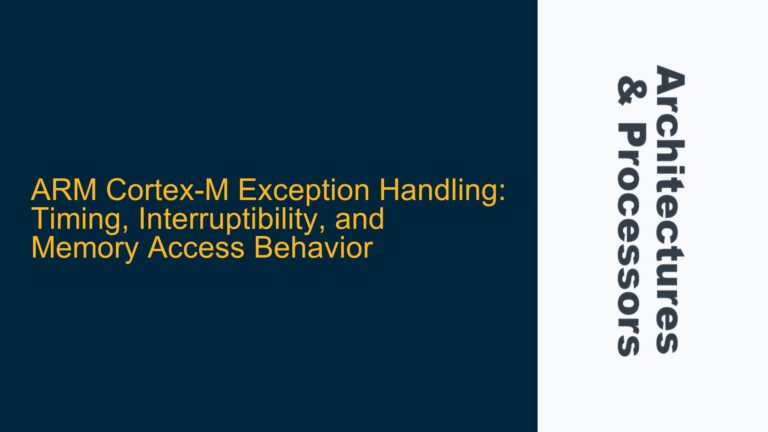Inspecting ARM Cortex-R5F Return Stack for Real-Time Call Tree Analysis
ARM Cortex-R5F Return Stack Access Limitations for Call Tree Reconstruction The ARM Cortex-R5F processor, like many ARM cores, incorporates a hardware return stack to optimize function call and return operations. This return stack is typically a small, fast memory structure embedded within the processor core, designed to store return addresses for the most recent function…

